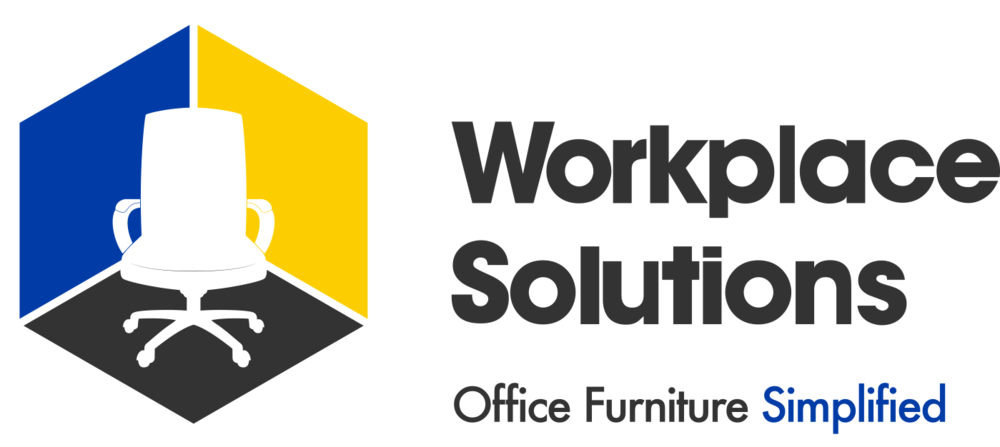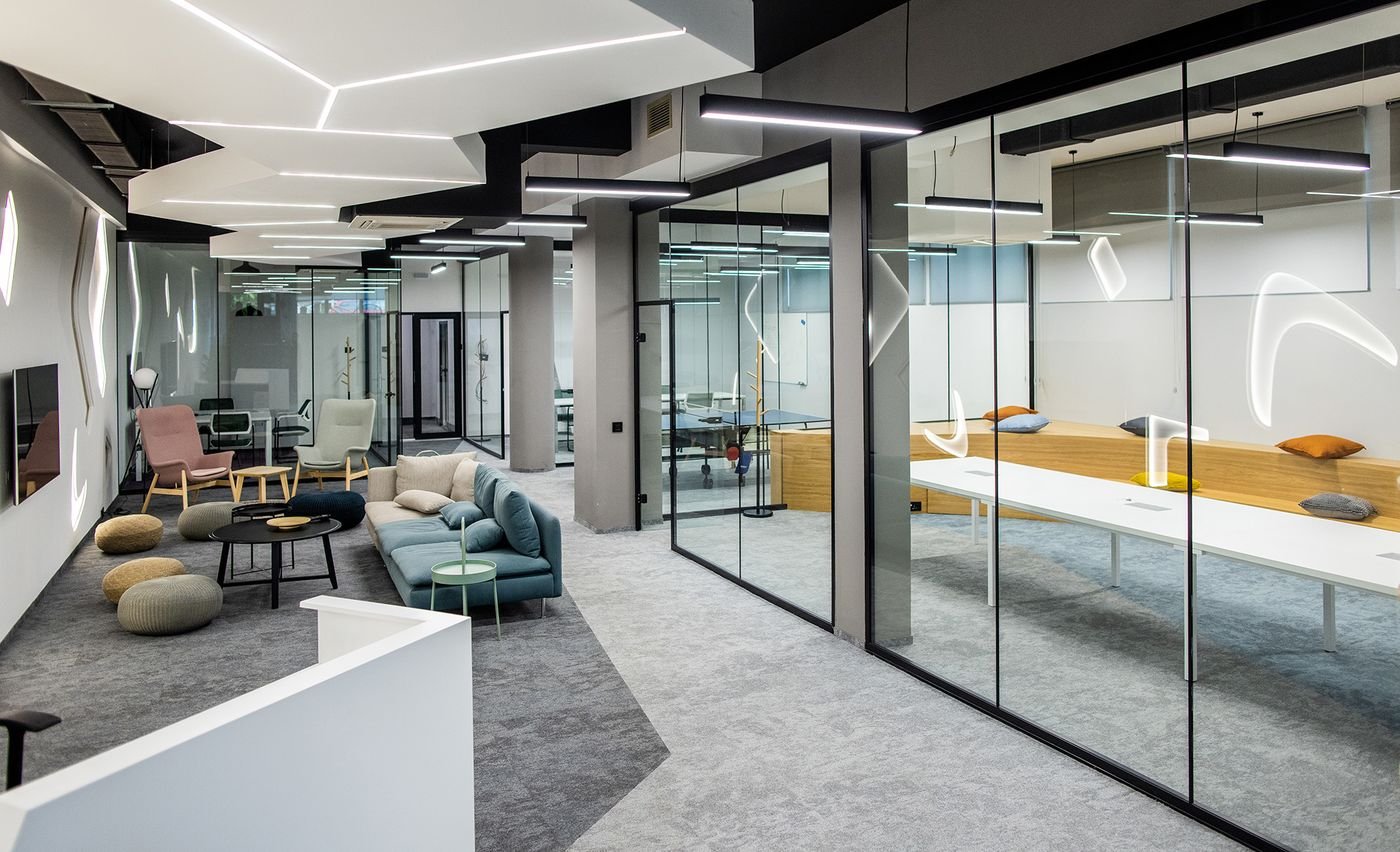Original article by Bloomberg.com
Three key issues dominate the way offices look and feel: safety, sustainability and social space.
Seismic changes have been triggered in worldwide corporate real estate, office design and management systems over the last three years in a shift as profound as the Great Resignation: Let’s call it the Great Refurb.
The working assumption that offices will return to the old five-day-nine-to-five week way has turned out to be wrong. Equally off was the idea that remote working would replace the office wherever possible. The reality lies somewhere in the middle, mirroring the halfway mark reached for office occupancy in key US cities. The focus is now moving from purely organizing patterns of working time to the design of the workplace itself.
In the Great Refurb, three key issues dominate the way offices look and feel: safety, sustainability and social space.
Safety first: Offices remain targets for attack. More than half of US mass attacks occur at businesses, including the places “where we eat, shop, work, heal, or receive services.” That means that we are stuck with anything from airport-style bag X-rays to long waits on arrival in central lobbies. Unwelcome visitors also pose a threat to cyber security: The global market is forecast to increase from $197 billion in 2021 to $657 billion by 2030, according to Next Move Strategy Consulting, a market research and consulting firm.
This isn’t entirely new. Although safety is a perennial preoccupation of those in the business of running workspaces, the new priority is to protect workers and visitors from airborne disease. Not since the clean tiled lines of Le Corbusier following the flu pandemic of the early twentieth century have we seen such a burst of safety-related innovation in office design. Today these developments range from far-reaching UV technology to foot-pulls on doors to minimize handle touching to anti-microbial paint.
I recently had a hard hat tour of the new London headquarters of Google — dubbed “Platform G” and set to open in 2024. The architects have capitalized on the trend for fresh air by making the roof, normally a place for equipment, an extension of the office with trees to provide canopied cover. Inside, Google has adapted a separate safety feature, the emergency exit staircase, to become an integrated part of the way people move daily through the building. More stairs and less elevator use are also more germ avoidant.
Next, there is the issue of sustainability — literally in terms of saving the planet. In a global Ipsos survey from November, 68% of respondents said they want stricter climate change policies.
Then, there’s the social setting. This is the mother lode for leaders who want to futureproof their organization. How can you design a workplace that’s attractive enough to retain and build loyalty, cohesion, productivity — and sustain it? The modern equivalent of William Blake’s famous “dark Satanic mills” of nineteenth century industrialization isn’t physical exploitation, but the ennui driving quiet quitting, career cushioning and all the other white collar rebellions and rejections of post-pandemic working life.
This is pointless presenteeism, which triggers the listlessness people feel when they’re in an office for no reason doing work they can do elsewhere. I’m reminded of Joshua Ferris’ novel of corporate existentialism, Then We Came To The End: “We loved killing time and had perfected several ways of doing so. We wandered the hallways carrying papers that indicated some mission of business when in reality we were in search of free candy.”
Pointless presenteeism can be offset (possibly like carbon can) by the creation of fresh, immersive offices which put social experience at the heart of what they do. In a new report by the workplace research firm WORKTECH Academy, the group identifies the shift towards creating meaningful experiences for employees, from being honest in some cases that the office is better regarded as an offsite than a daily stop-off, to storyboarding a worker’s experience from entrance to exit, rather like they do in the movies for those who wish people to enter and not feel like they have to wander corridors in search of free candy.
The Great Refurb is a throwback to a hundred years ago when cities sprang up and the world began a new moment in which old norms were swept away. They all hinged on place, where people put themselves in real time. As a 1926 ad in the Chicago Tribune wisely said: In the end, it’s all about location, location, location — nowadays that’s inside and out.

